The surprising thing about starch is its water absorption capacity, which is why it is a widely used resource in our society, it is an indispensable resource in the kitchen, our human body is trained with powerful enzymes that destroy and digest starch (amylose and amylopectin ) the name of these two enzymes is: (glucosidase and amylase) incredible no ?, and where are these enzymes? in the pancreas and saliba, that is, since we introduce, for example, a piece of potato in our mouth, from that moment the enzymes begin to act!🤔😮🤩🤩🤩🤩🤔🤔😮😮😮💦💥💥
O surpreendente do amido é a sua capacidade de absorção de água, razão pela qual é um recurso amplamente utilizado em nossa sociedade, é um recurso indispensável na cozinha, nosso corpo humano é treinado com poderosas enzimas que destroem e digerem o amido (amilose e amilopectina ) o nome dessas duas enzimas é: (glucosidase e amilase) incrível não?, e onde estão essas enzimas? no pâncreas e na saliba, ou seja, desde que introduzimos, por exemplo, um pedaço de batata na boca, a partir desse momento as enzimas começam a agir!👨🏫👨🎓🕵️♂️
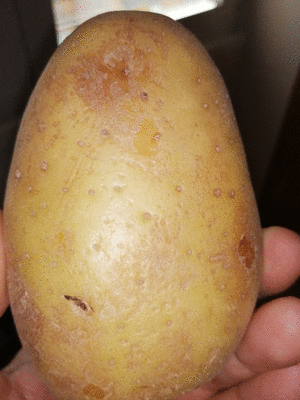
THE POTATO HELP US IN THE EVOLUTION?👨💻👨🔬/A BATATA AJUDA NA EVOLUÇÃO?🙂👨🎓🕵️♂️
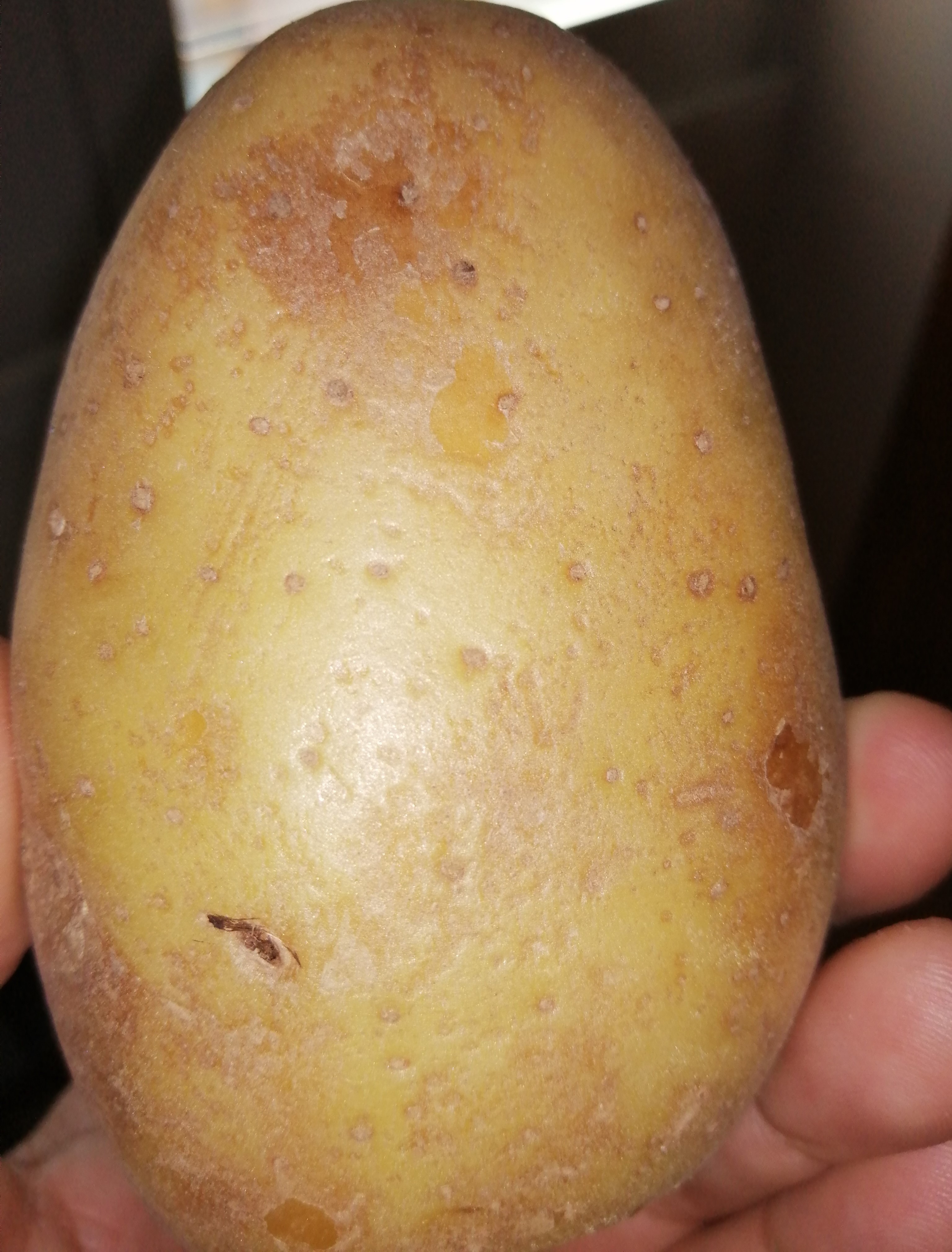
hahha xD will you say what does this have to do with evolution? Calm down! Some years ago I read that our species has a gene called AMY1. Can you imagine that it is in greater proportion in our species than for example if we compare it with that of primates? So this tells us that during thousands of years of evolution our organism was producing this gene in quantity to possess the ability to digest amylase? our organism is surprising, right? Who would say that being able to eat a potato is something we inherited from our ancestors!💥💥👳♂️🧔🧔🕵️♀️🕵️♂️🕵️♂️🕵️♂️🕵️♂️🕵️♂️🕵️♂️
hahha xD você vai dizer o que isso tem a ver com evolução? Acalmar! Há alguns anos li que nossa espécie tem um gene chamado AMY 1. Você pode imaginar que ele está em maior proporção em nossa espécie do que, por exemplo, se o compararmos com o dos primatas? Então isso nos diz que durante milhares de anos de evolução nosso organismo estava produzindo esse gene em quantidade para possuir a capacidade de digerir a amilase? nosso organismo é surpreendente, certo? Quem diria que poder comer uma batata é algo que herdamos de nossos ancestrais!🤩🤔

PREPARATION AND ASSEMBLY1️⃣💥/ PREPARAÇÃO E MONTAGEM🧠👀📸
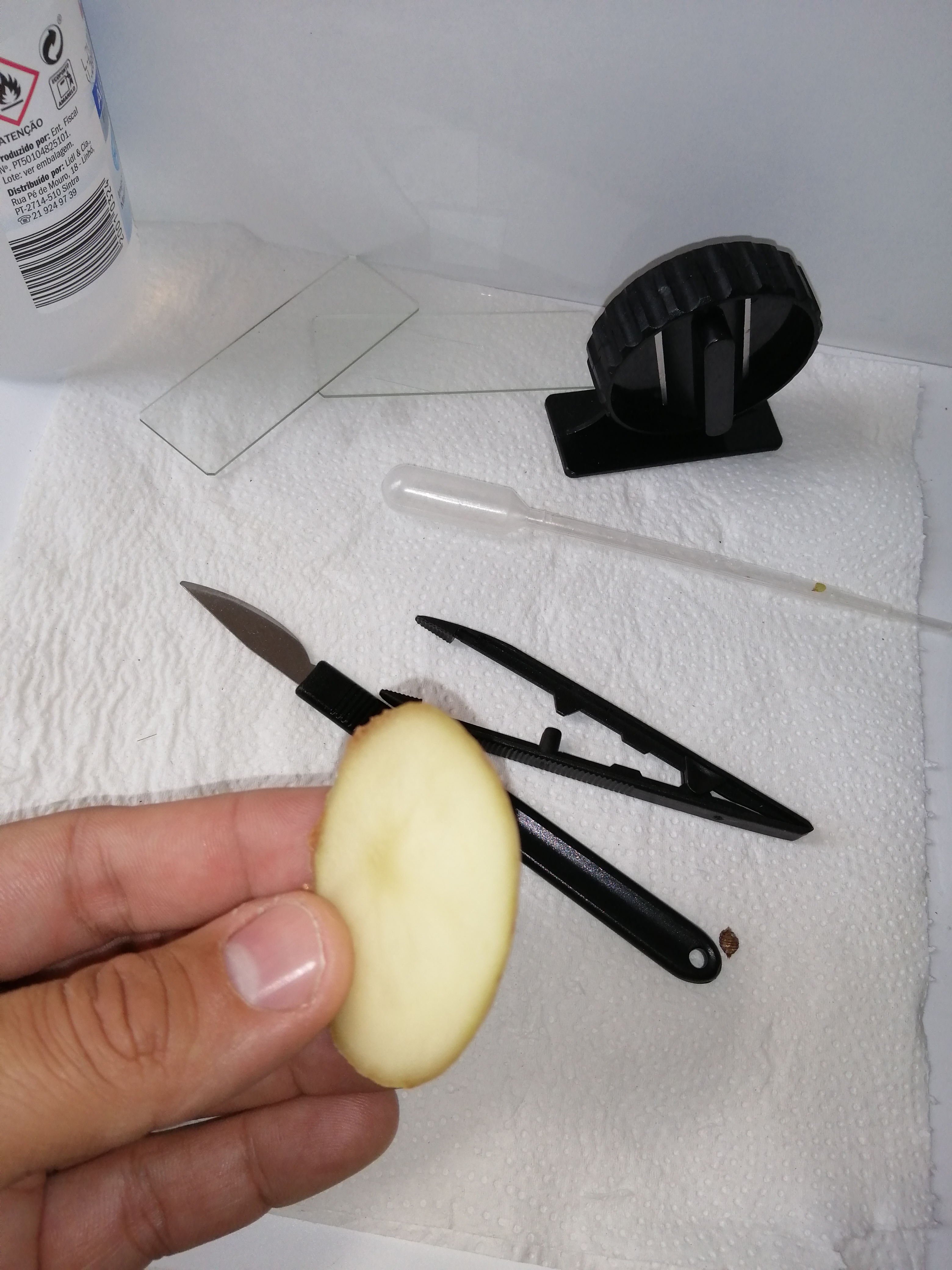
Well we have a potato potato if I am not mistaken the scientific name of it is Solanum tuberosum, we need it to be fresh! we are going to cut a small piece, it is important to remove the outer layer we do not need it, the next step will be to take a very small and fine piece of the potato! for this we can use a scalpel or a cutter like the one I have in the photo!😚😚
Bem, temos uma batata, se não me engano, o nome científico é Solanum tuberosum, precisamos que seja fresca! vamos cortar um pedacinho, é importante retirar a camada externa que não precisamos, o próximo passo será tirar um pedacinho bem pequeno e fino da batata! para isso podemos usar um bisturi ou um cortador como o que tenho na foto!🤔😮

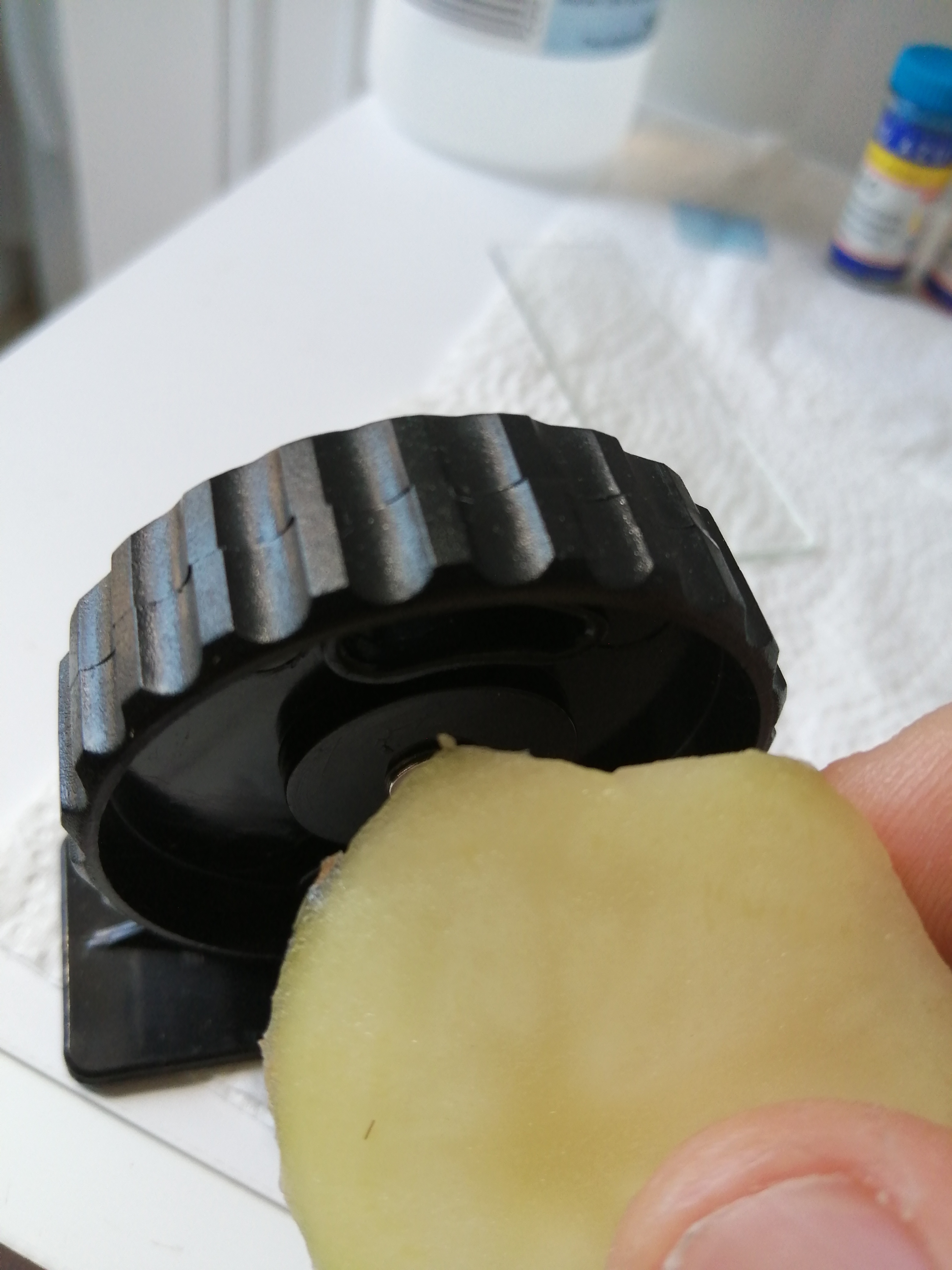
Apart from the scalpel for the experiment, we will need a dropper, a slide and a coverslip, in addition to compounds to stain the starch and cells, lugol is recommended, but we can use any other that stains the interior of the cell and leaves the starch uncovered! of course a microscope with a minimum scope of 80x, this to see the tissues in detail! remember that we want to see the parenchyma!🤗🤗
A parte de bisturi para o experimento vamos a necesitar um gotero, um portaobjeto y cubreobjeto ademas de compuestos para teñir el almidon e celulas se recomienda lugol, pero podemos usar cualquier otro que tiña el interior de la celula y deje descubierto al almidon! por supuesto un microscopio con un alcance minimo de 80x, esto para ver los tejidos con detalles! recordemos que queremos ver el parenquima!😁😁
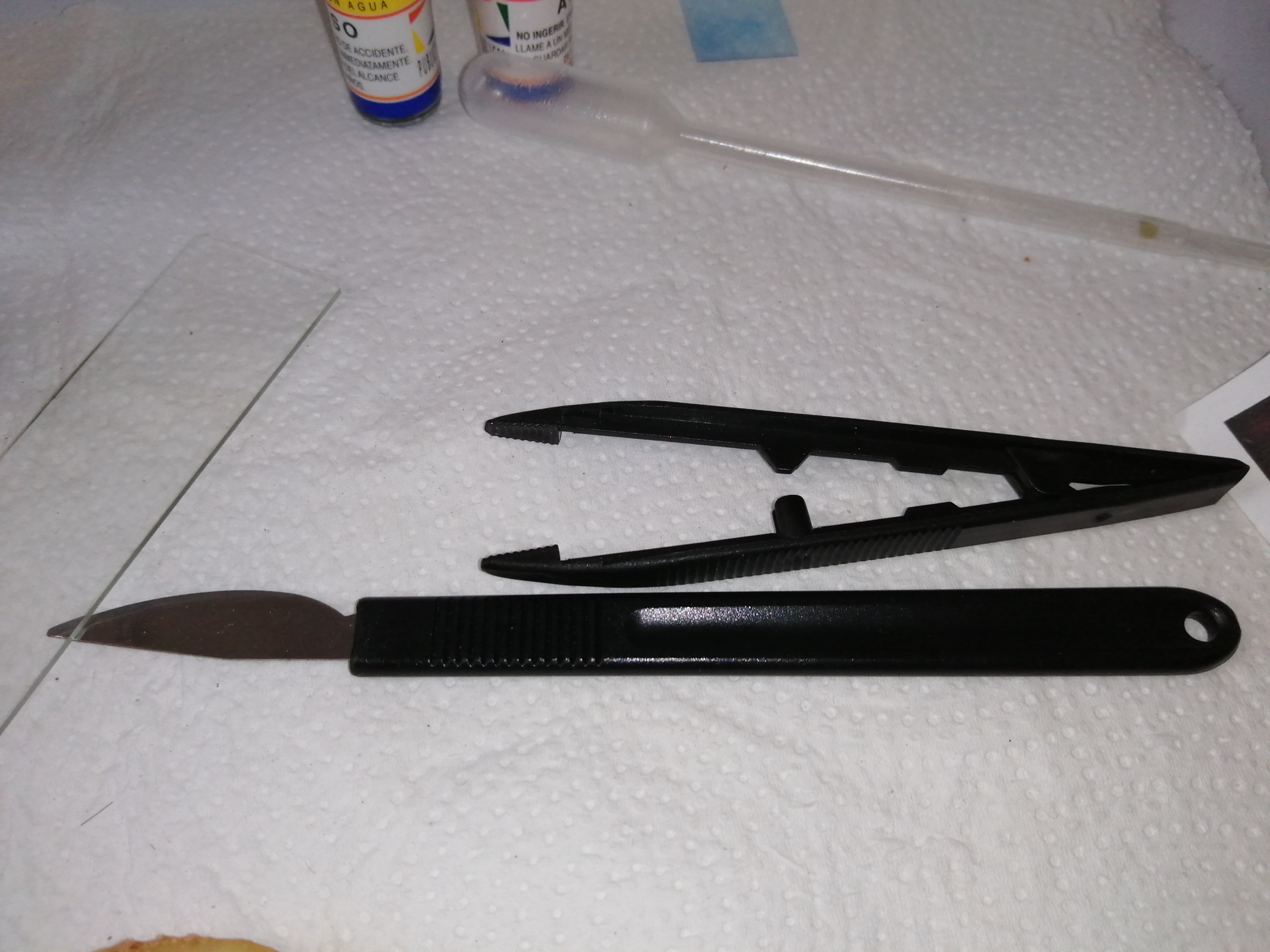
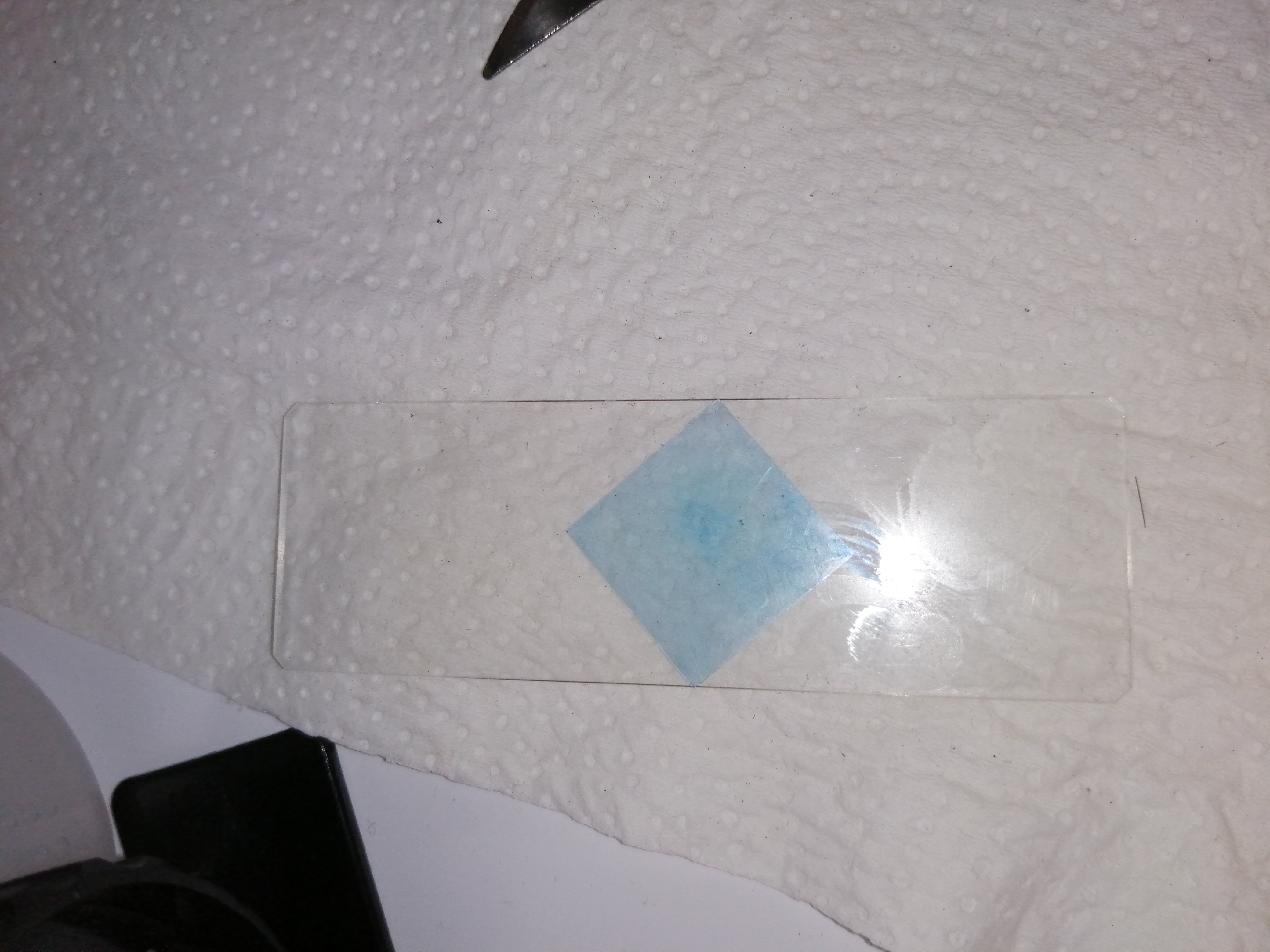
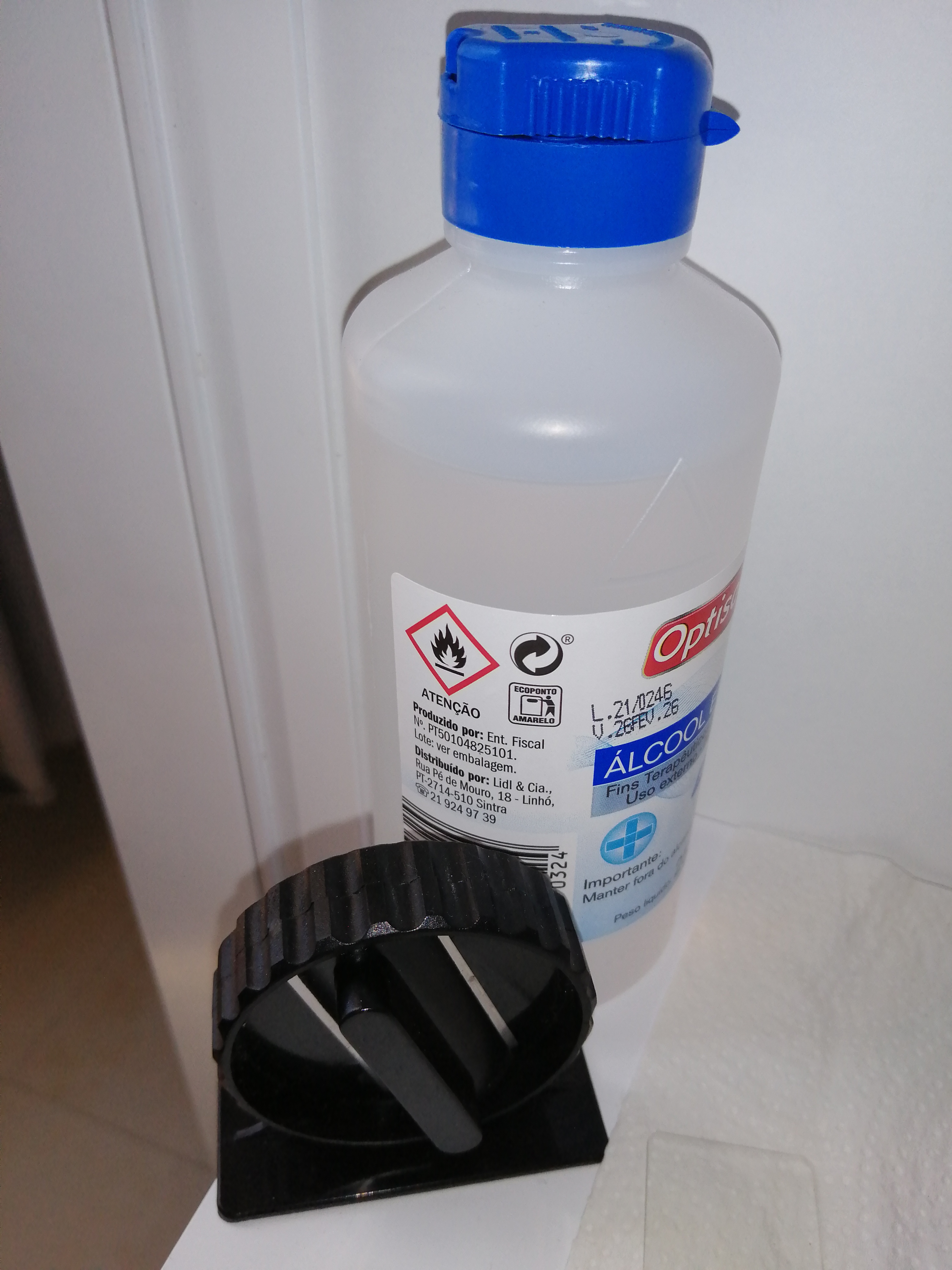
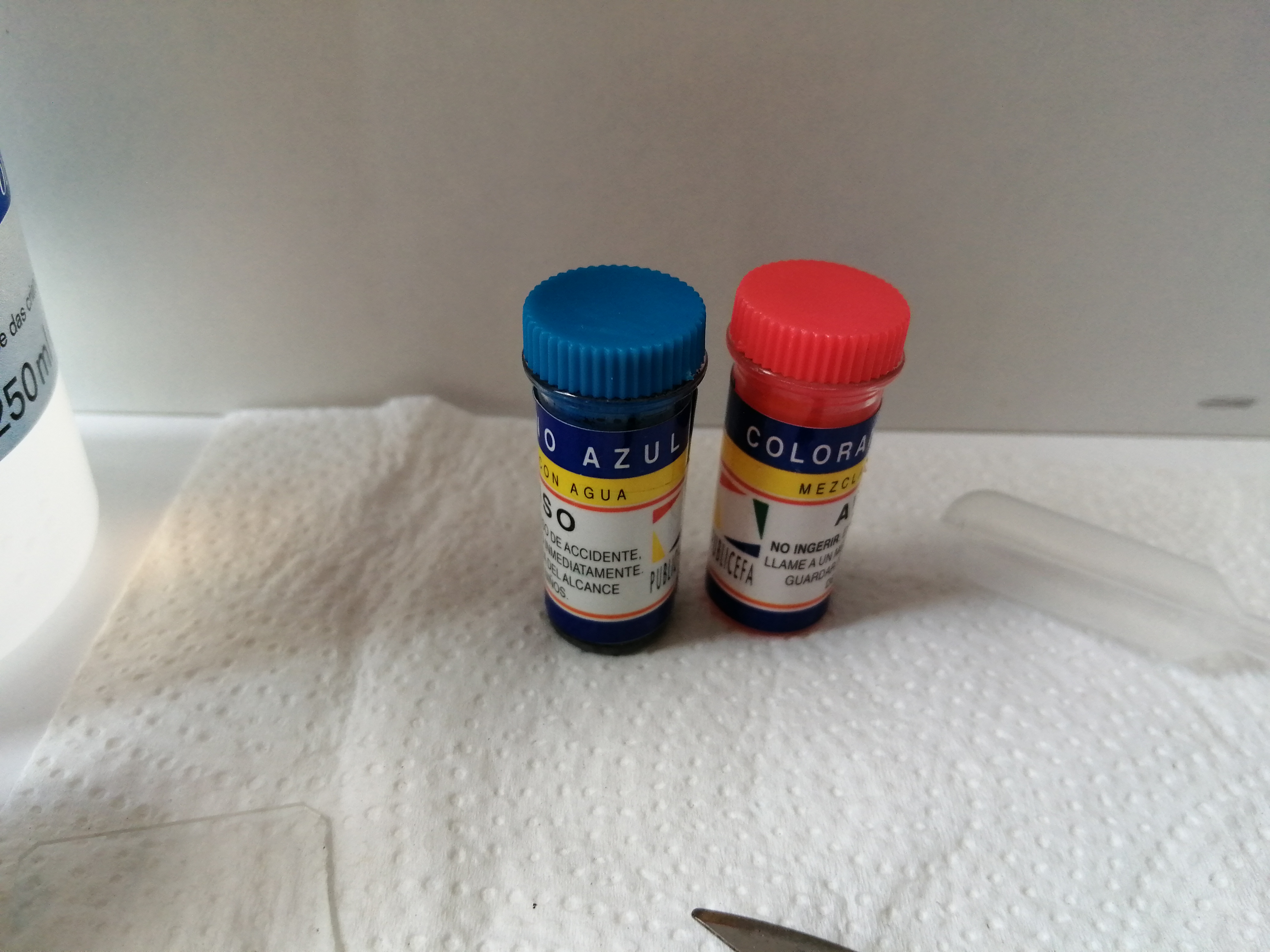
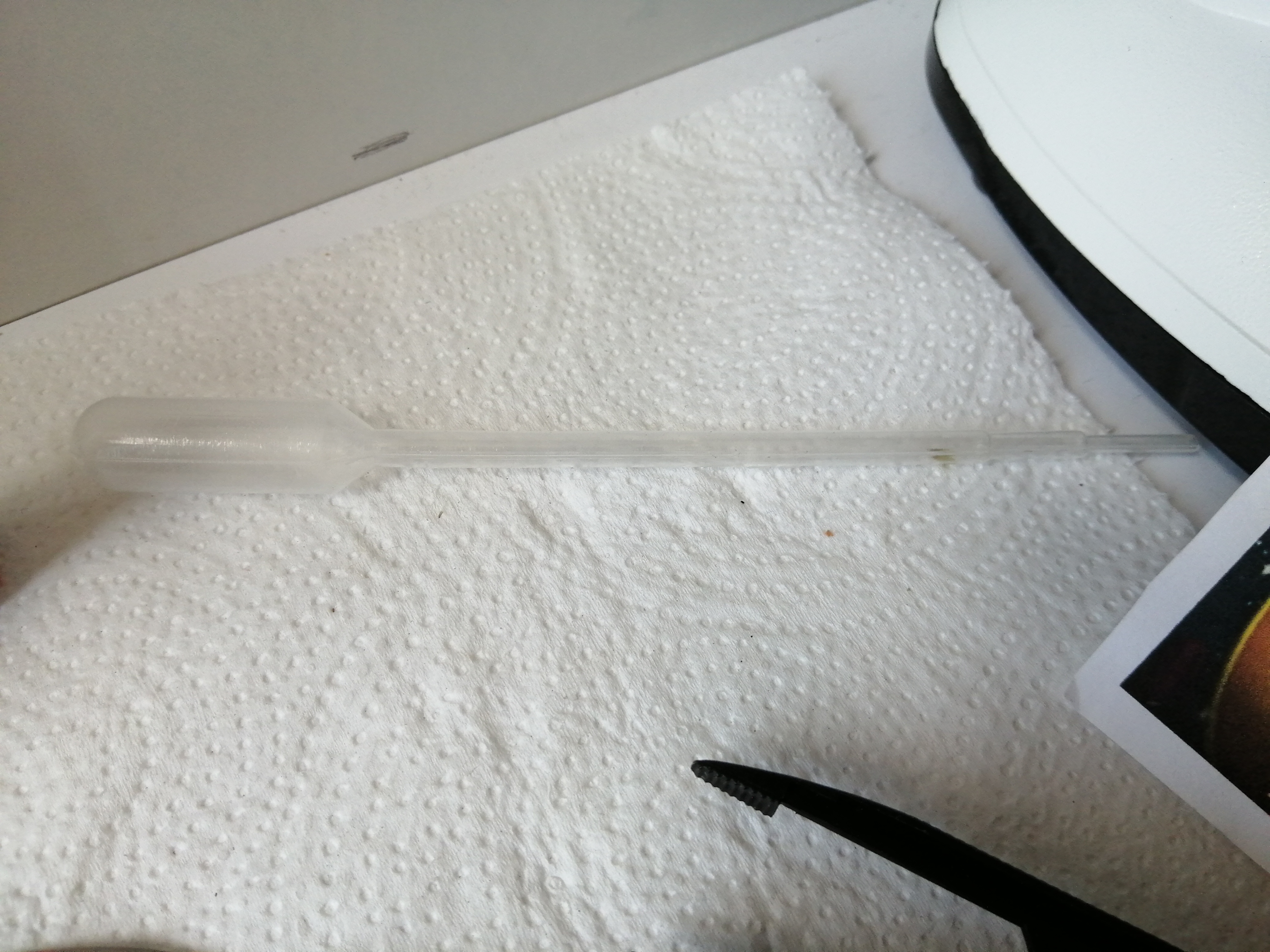
Our next step will be to assemble the sample! After making our very fine cut of the potato we are going to color it on the slide and we are going to hydrate it with two drops of water! remember that starch absorbs water so we need to inflate it a bit to see it on the micro!😶😶
Nosso próximo passo será montar a amostra! Depois de fazermos o nosso corte muito fino da batata vamos colori-la na lâmina e vamos hidratar com duas gotas de água! lembre-se que o amido absorve água, então precisamos inflar um pouco para ver no micro!💦💦💧💧
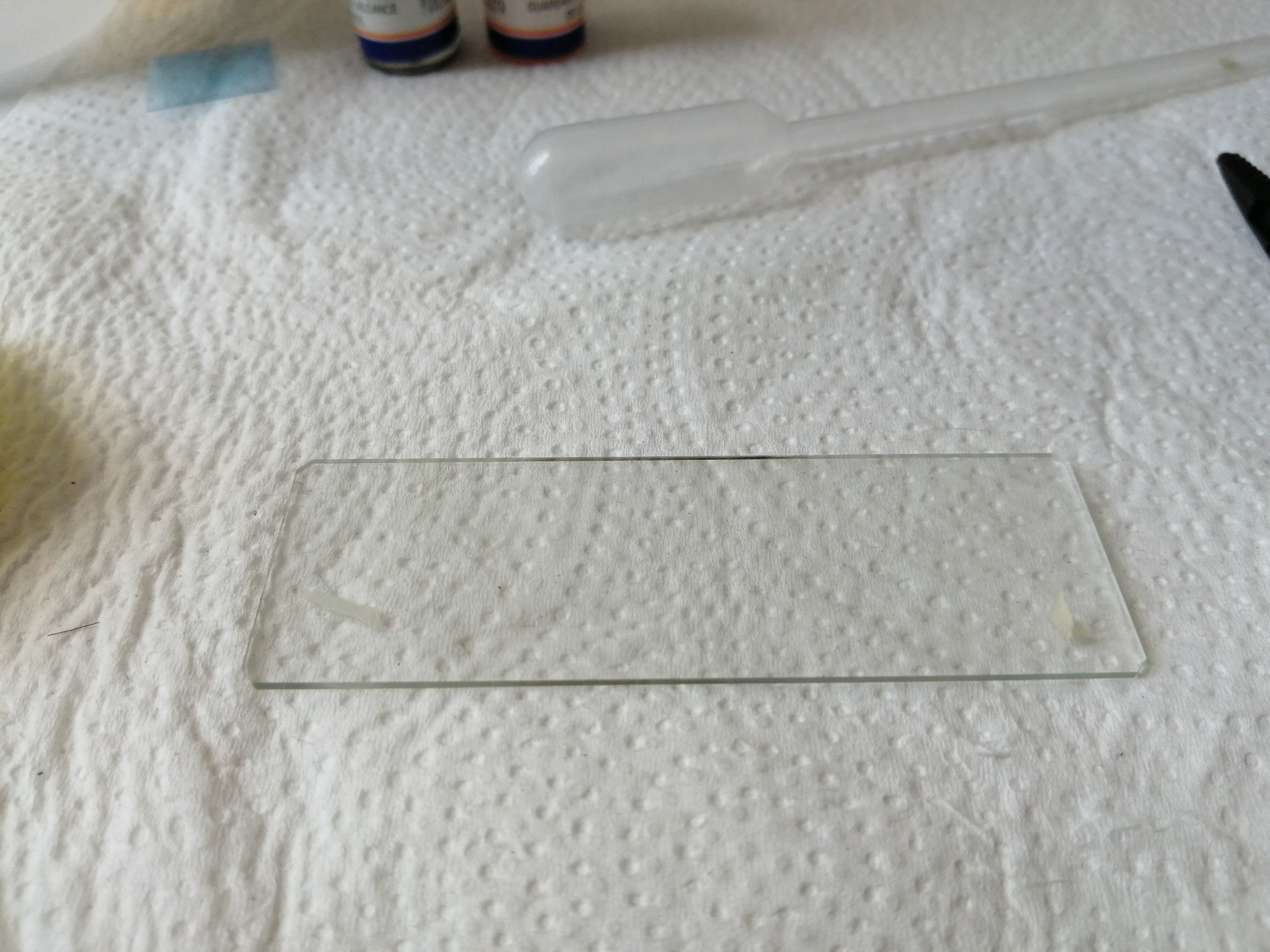
Then we place the coverslip by letting it fall on its side so we get the water bubbles out! Although sometimes bubbles are trapped, this does not make a difference if there are not many!🧪🔬🧫
Em seguida, colocamos a lamela deixando-a cair de lado para que as bolhas de água saiam! Embora às vezes as bolhas fiquem presas, isso não faz diferença se não houver muitas!🧪🧫

OBSERVATION2️⃣💥/ OBSERVAÇÃO🧠👀📸
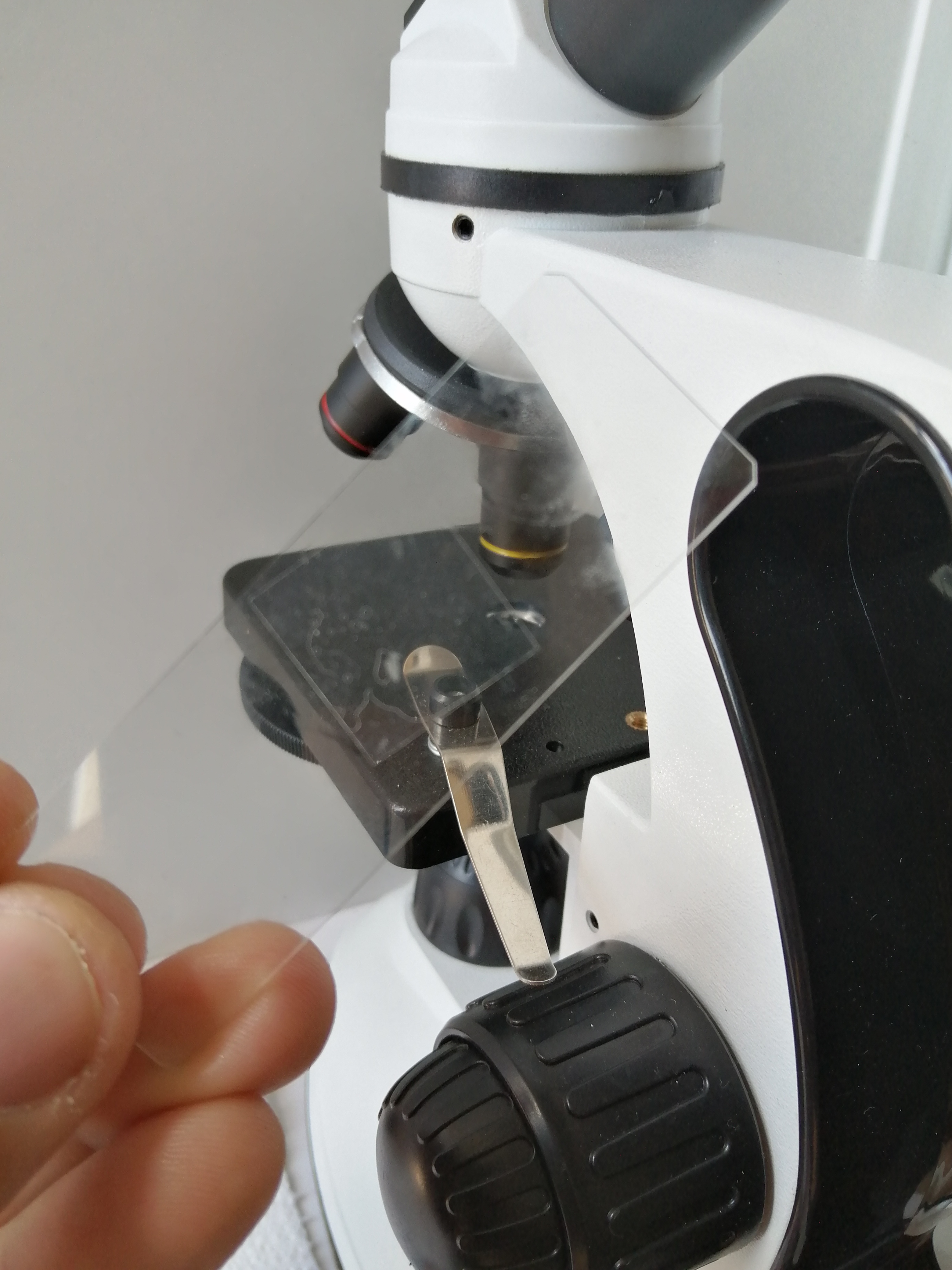
As we were taught in our biology classes, I began to see with the smallest objective of 4x + 10x = 14x, with this magnification and with water we can differentiate the structure of the potato a bit and can see the starch grains! but we don't talk about the parenchyma? what is that? I already explain it to you in the next video!💥💥
Como éramos ensinados em nossas aulas de biologia, comecei a enxergar com a menor objetiva de 4x + 10x = 14x, com essa ampliação e com água podemos diferenciar um pouco a estrutura da batata e podemos ver os grãos de amido! mas não falamos do parênquima? o que é isso? Já te explico no próximo vídeo!😲😲
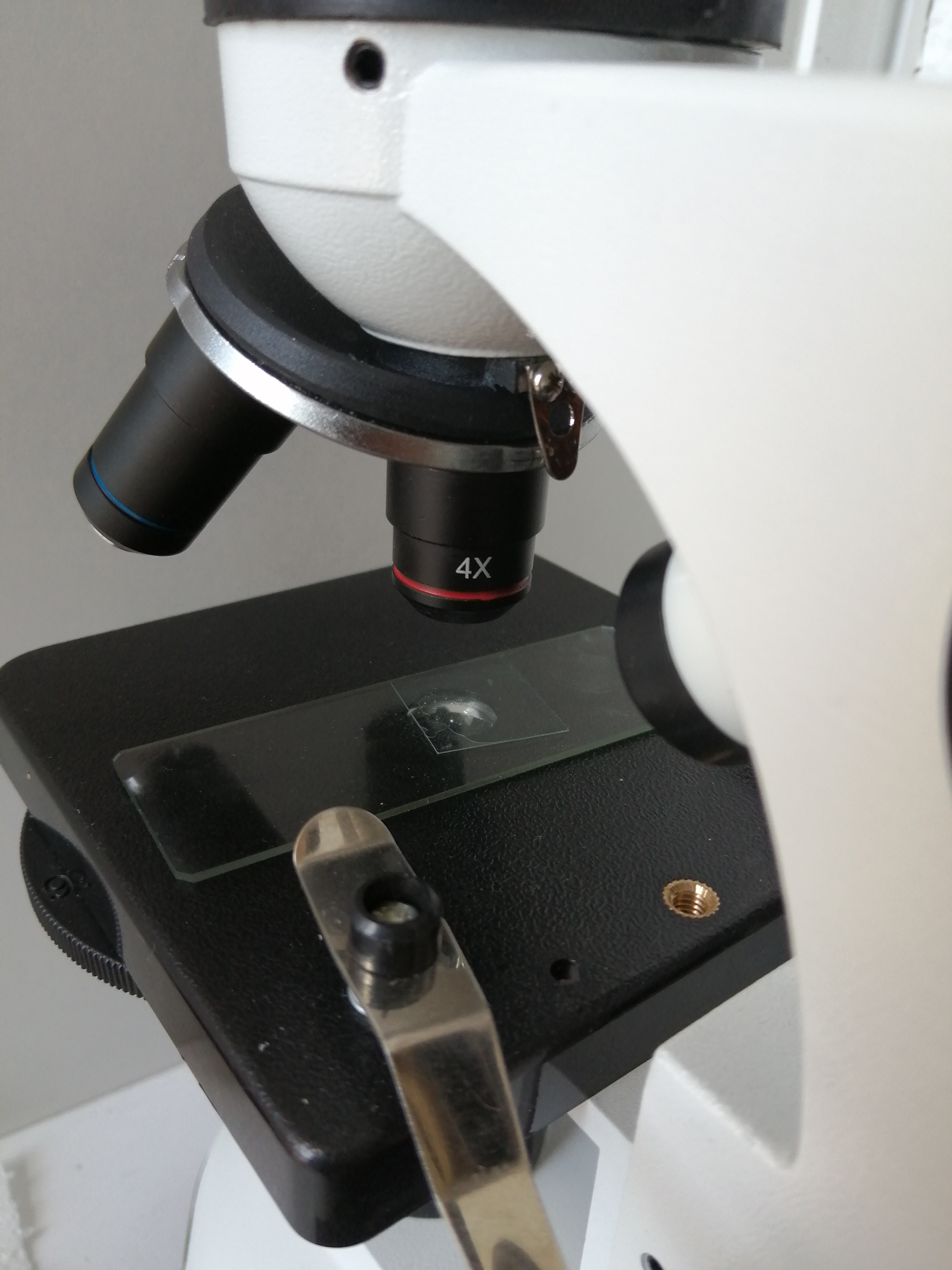

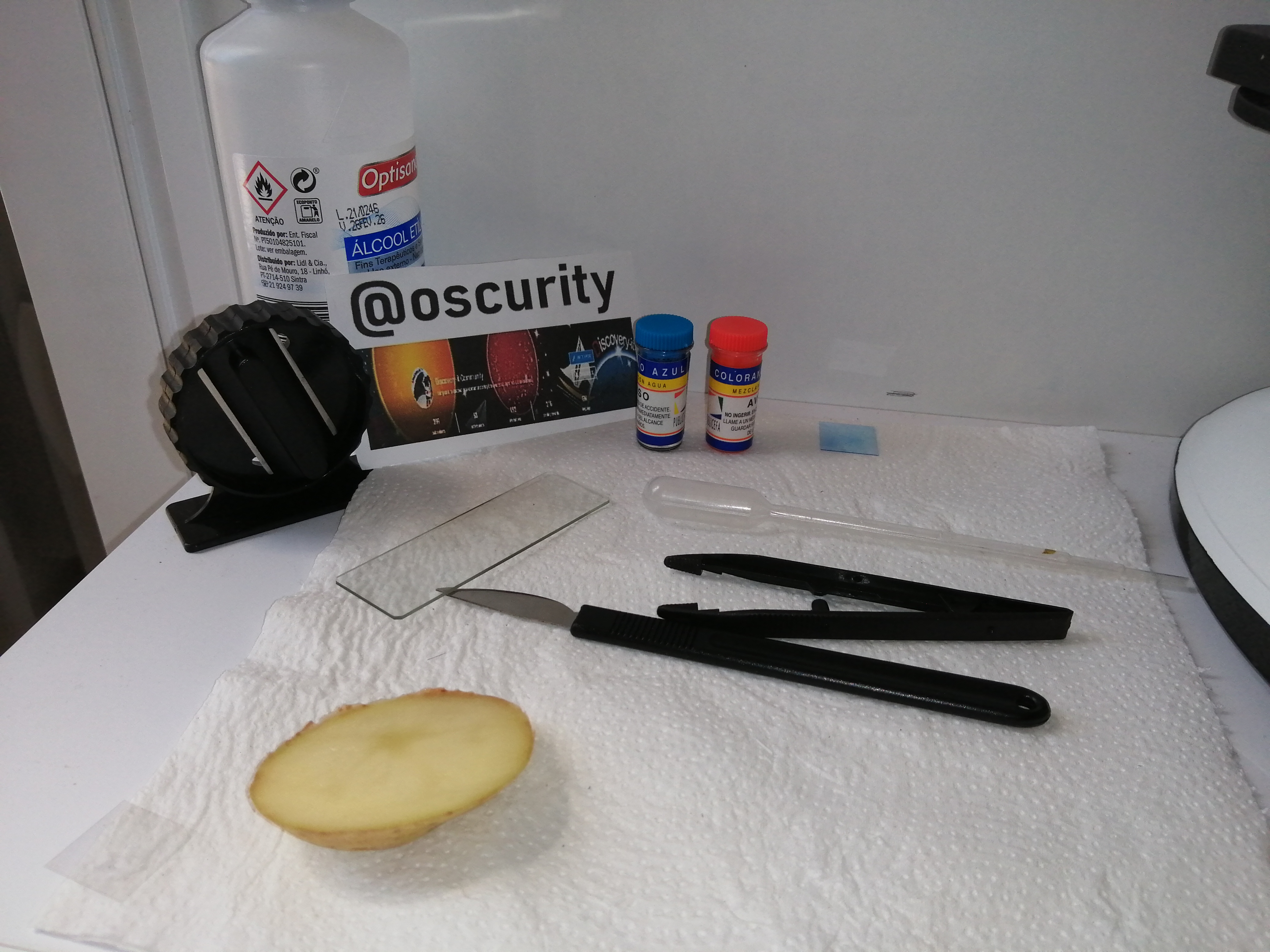
















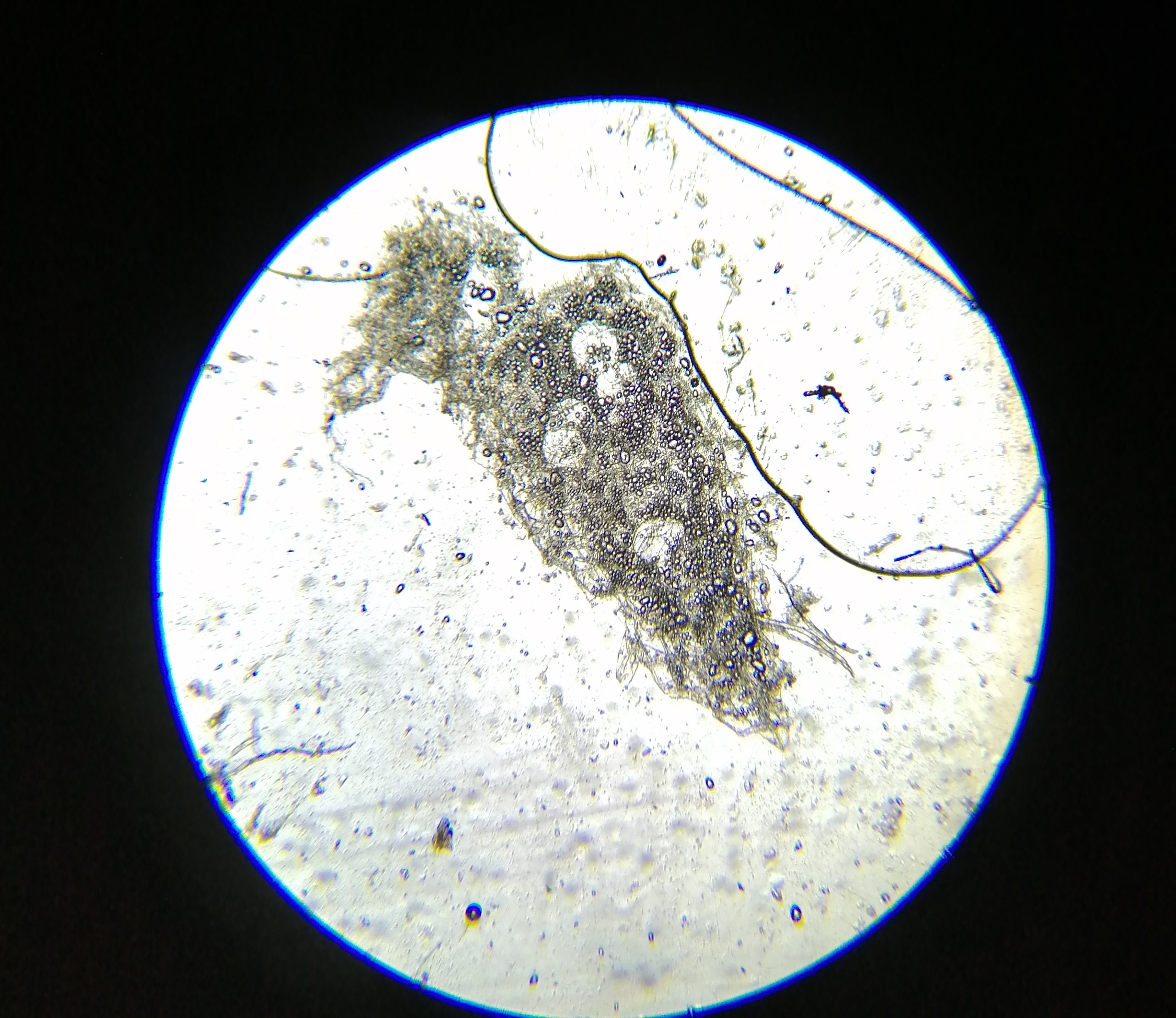
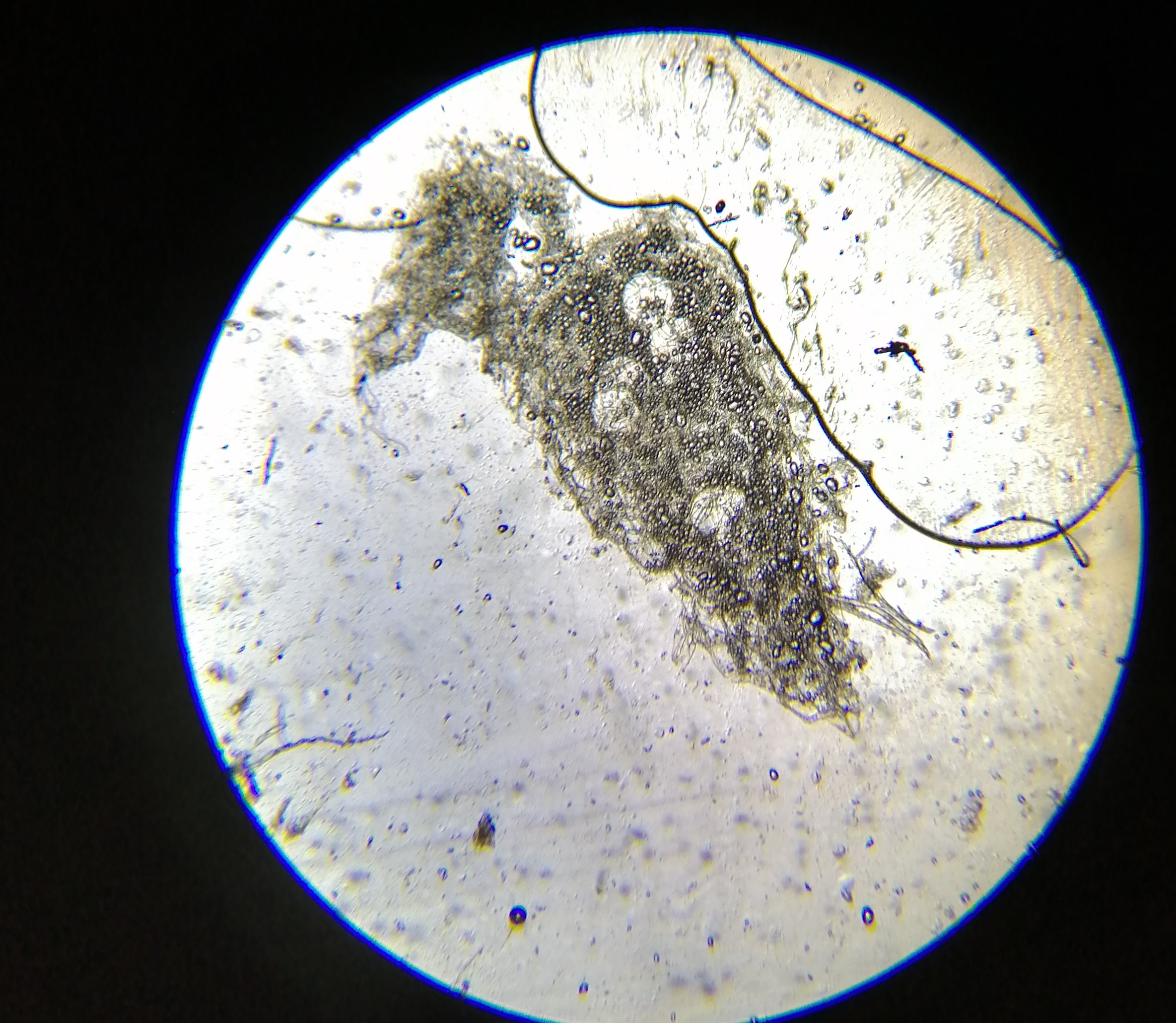
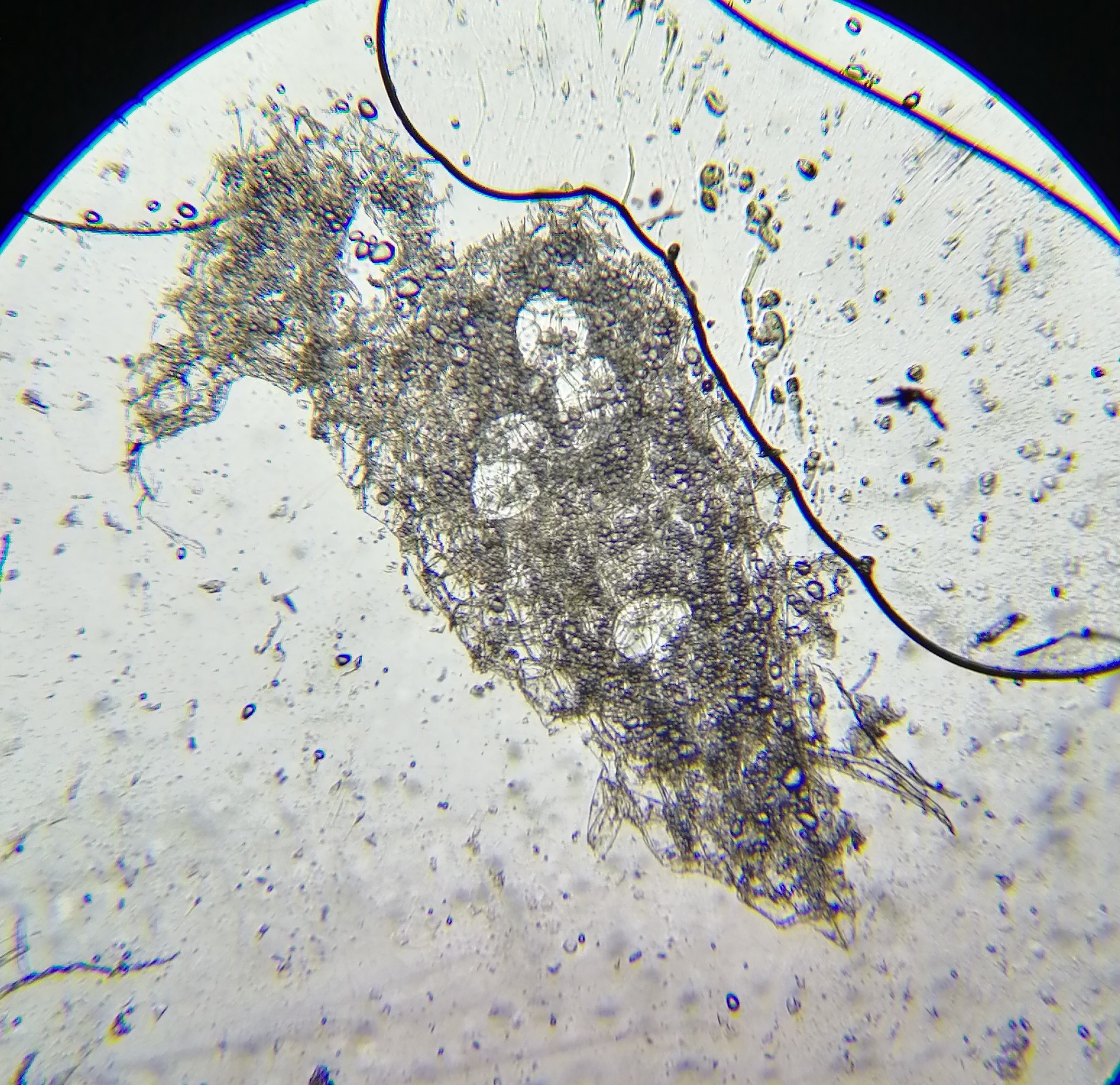

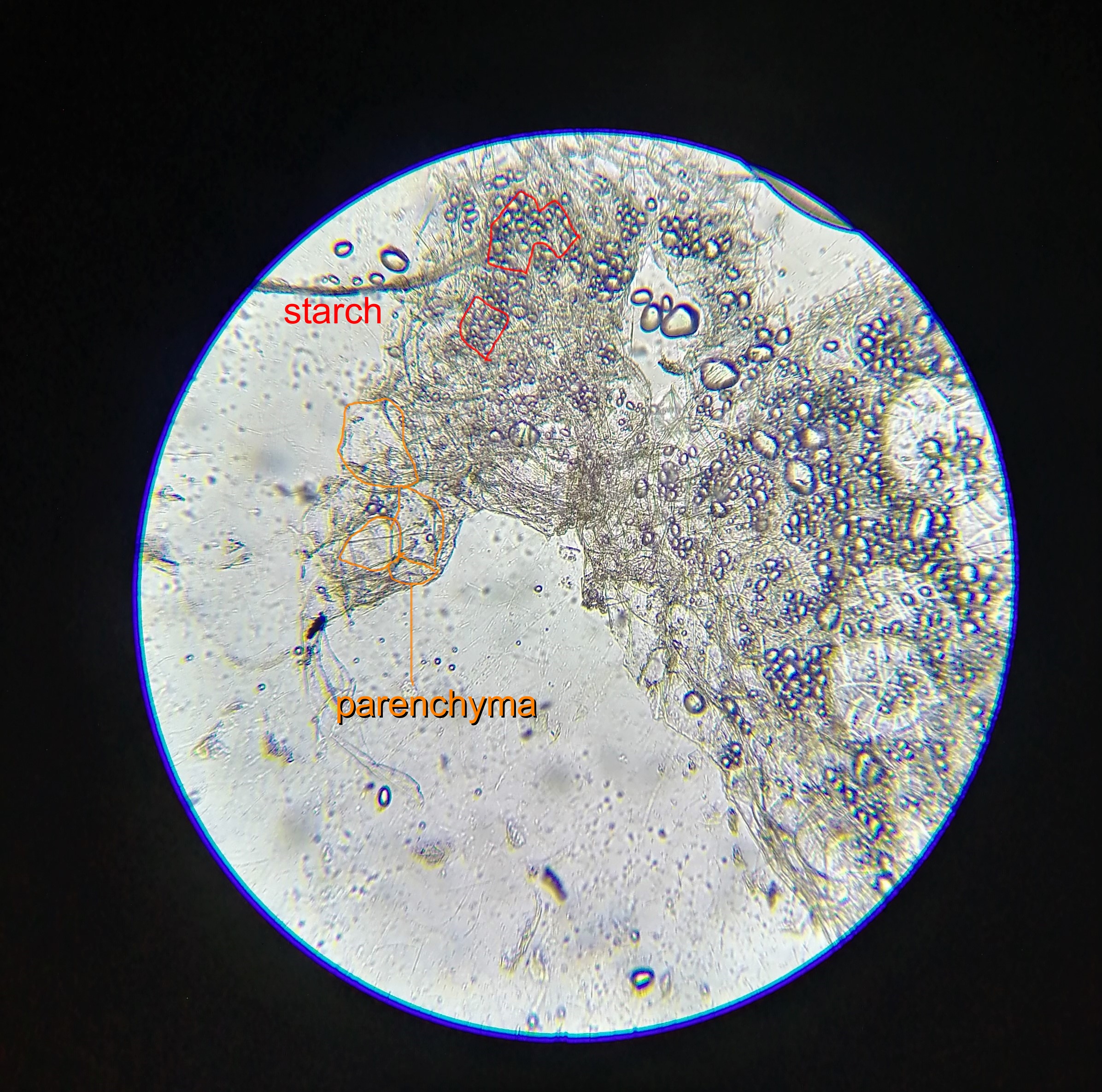


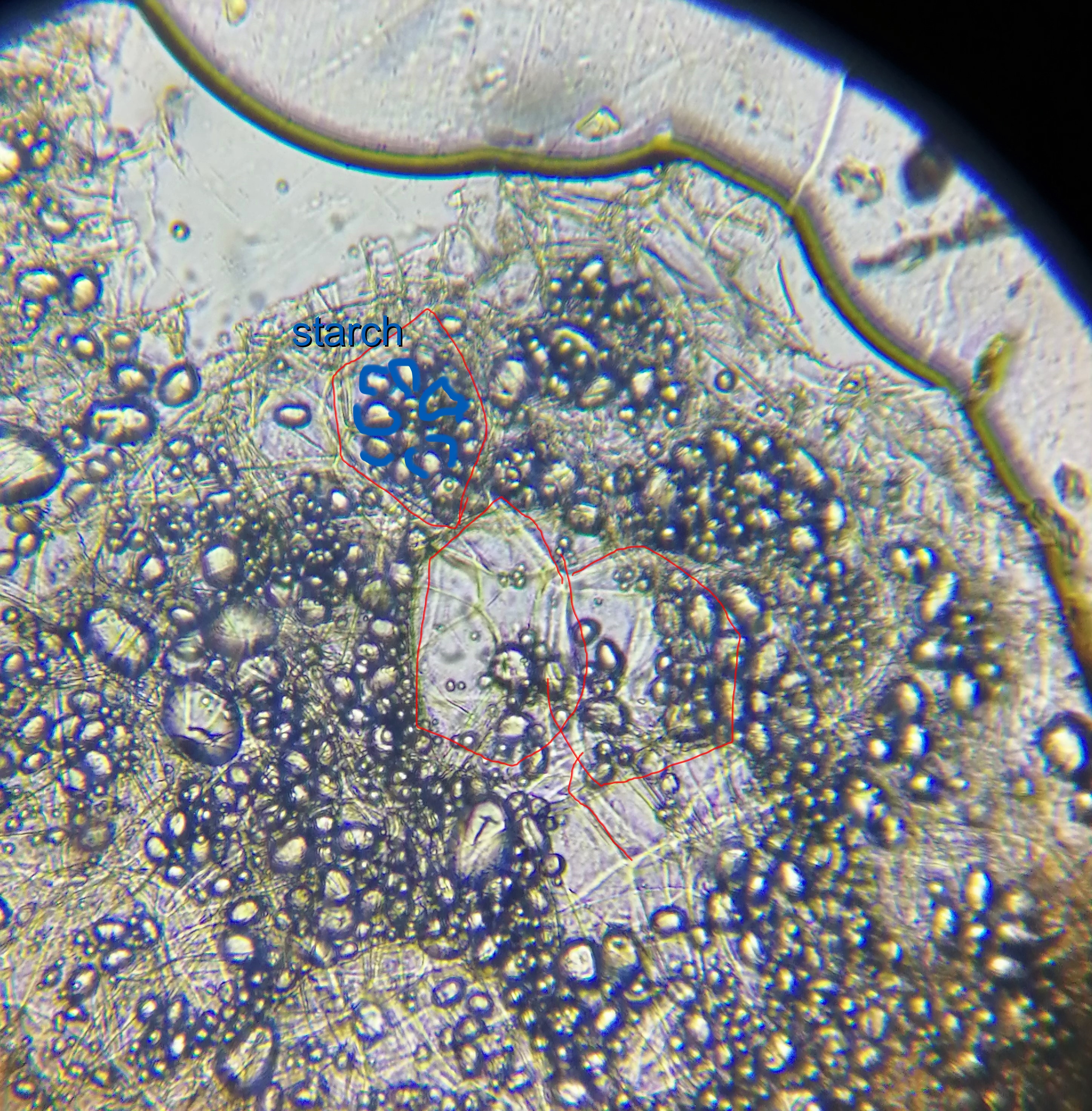
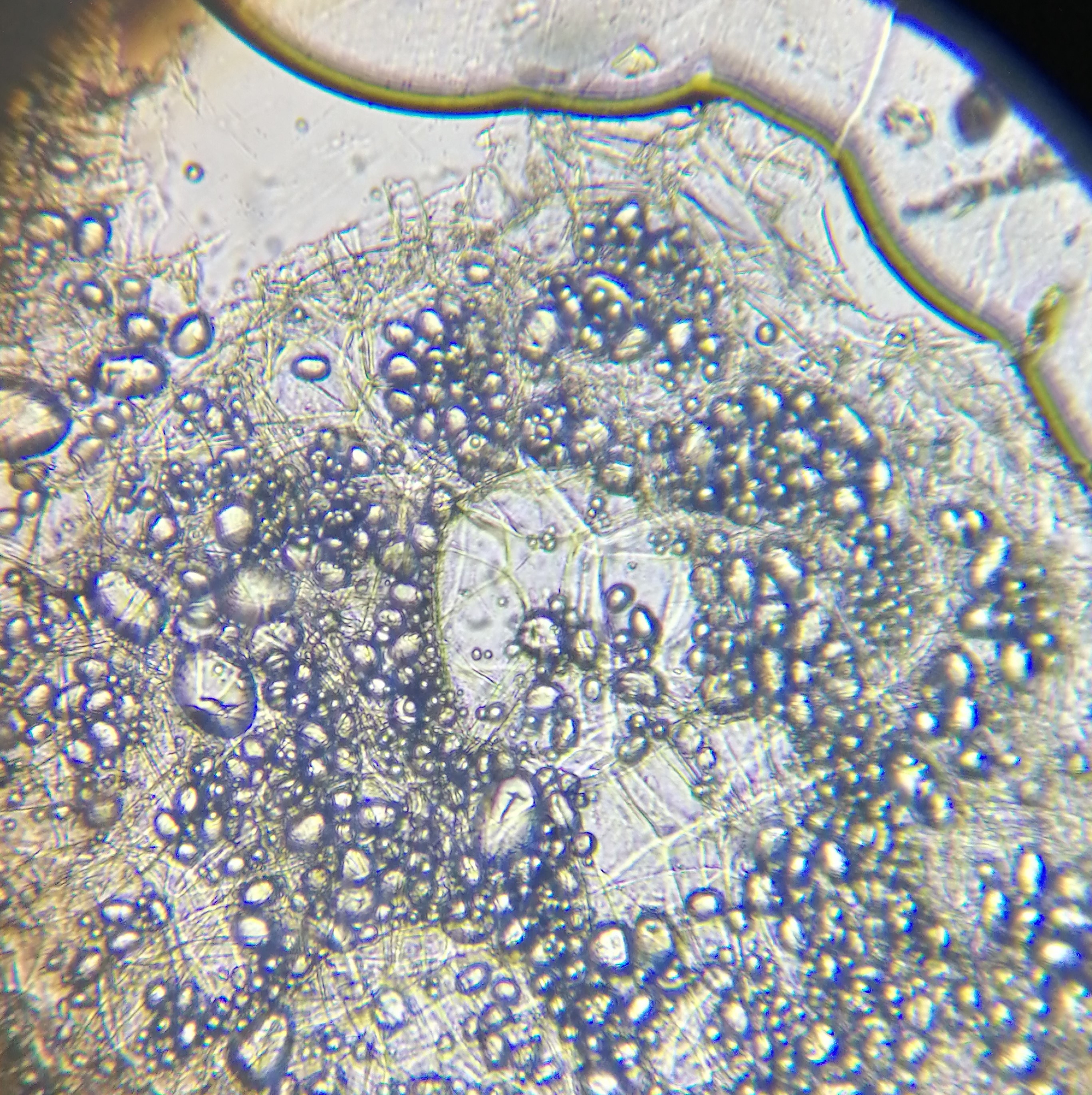
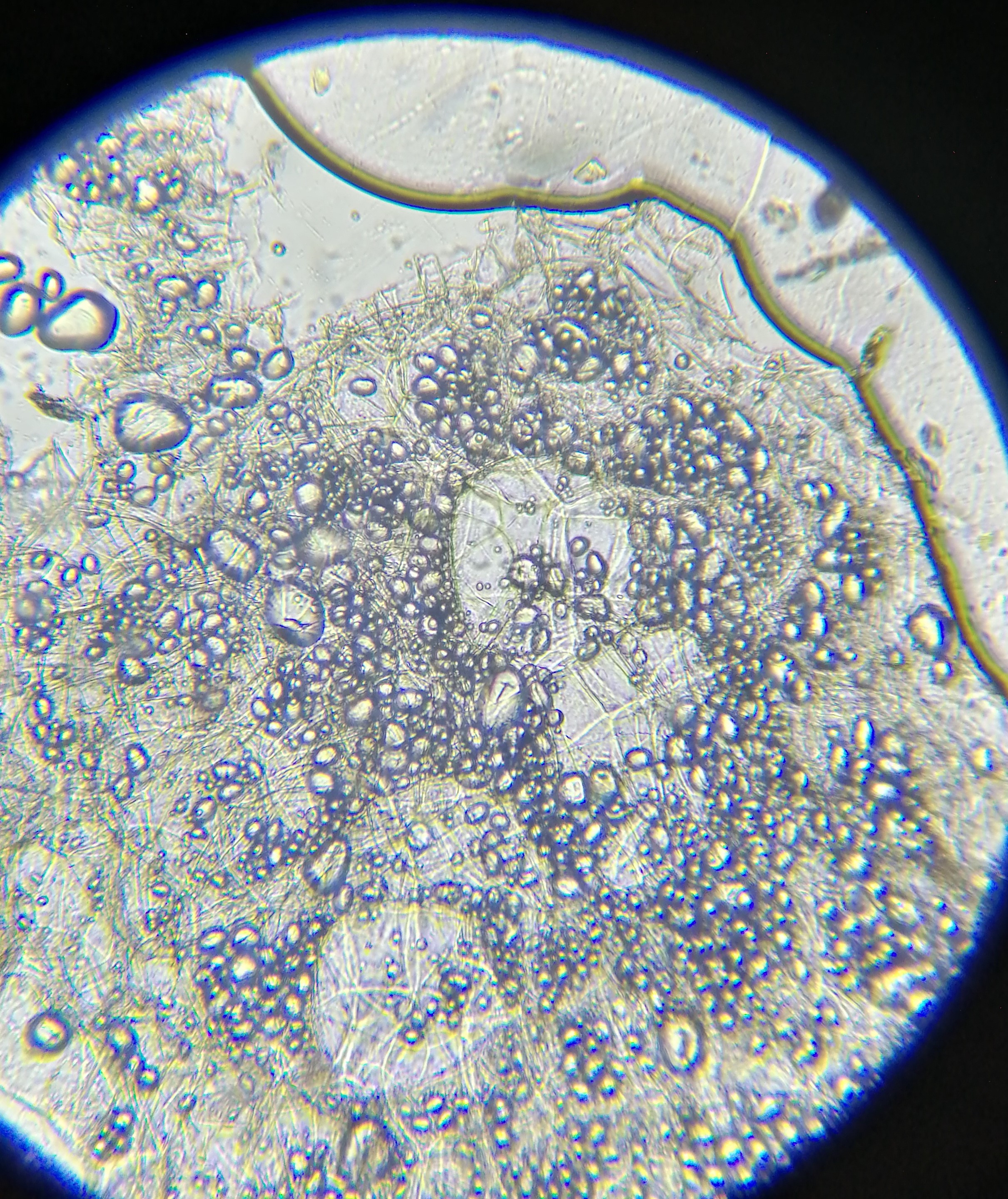
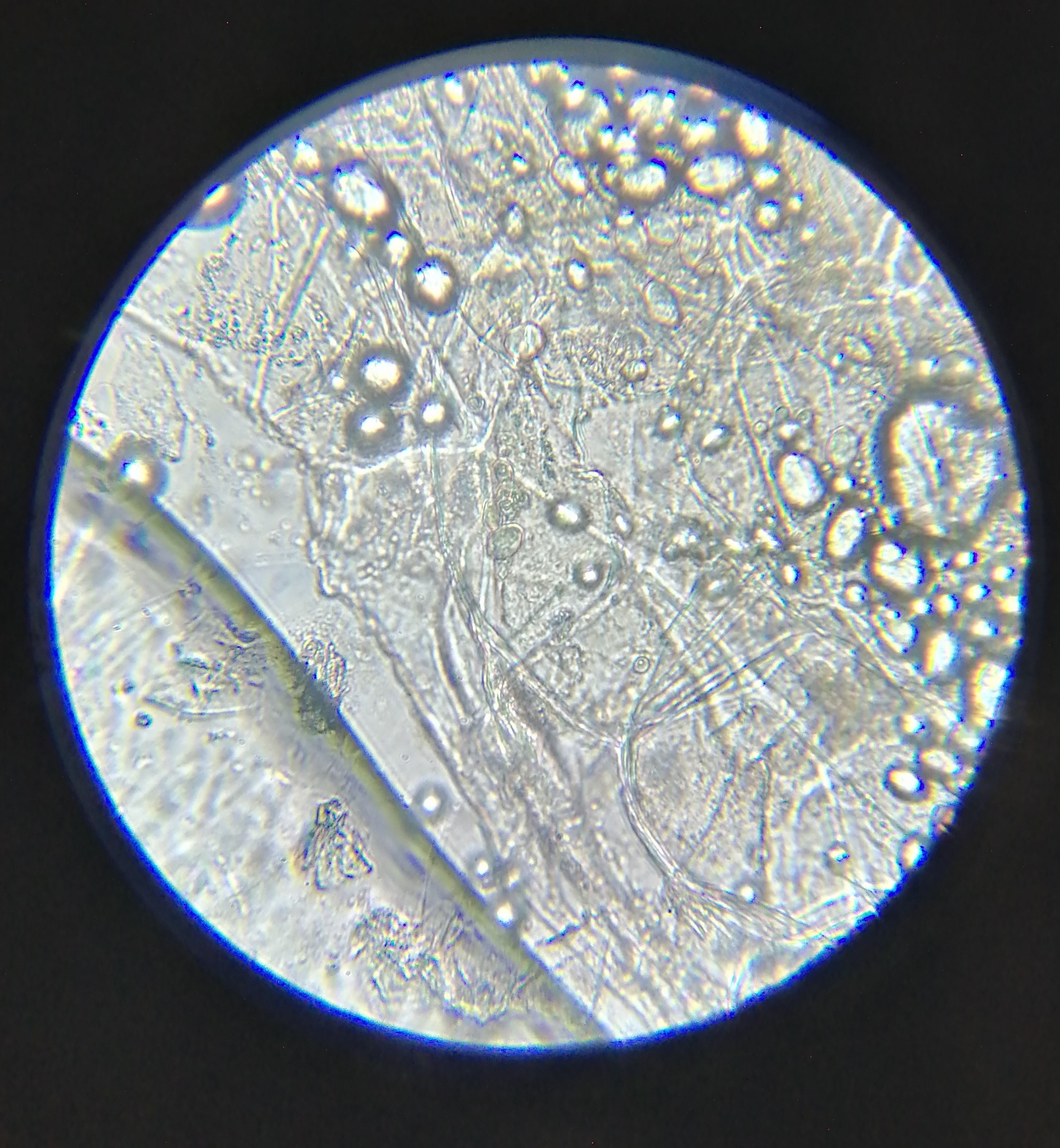
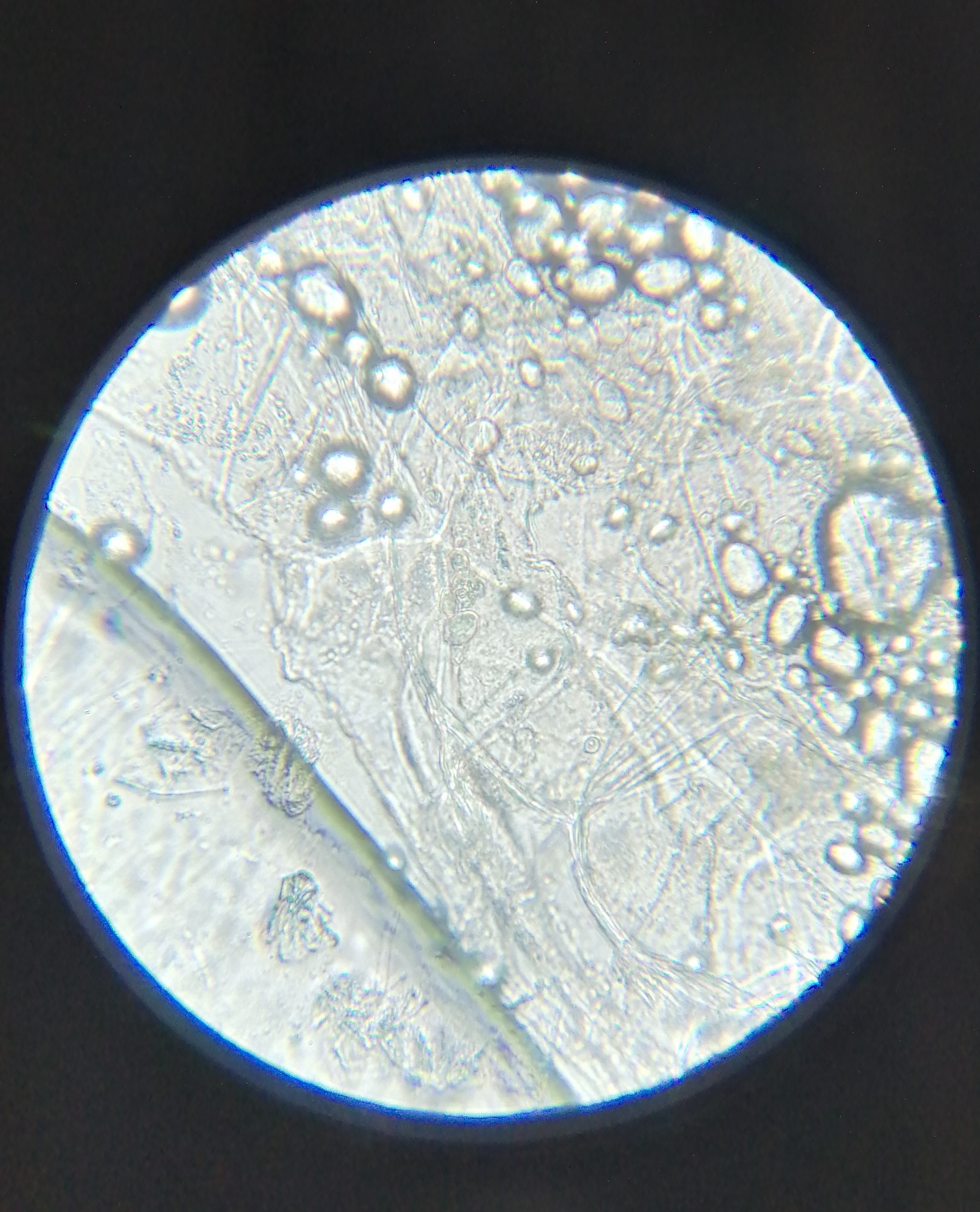
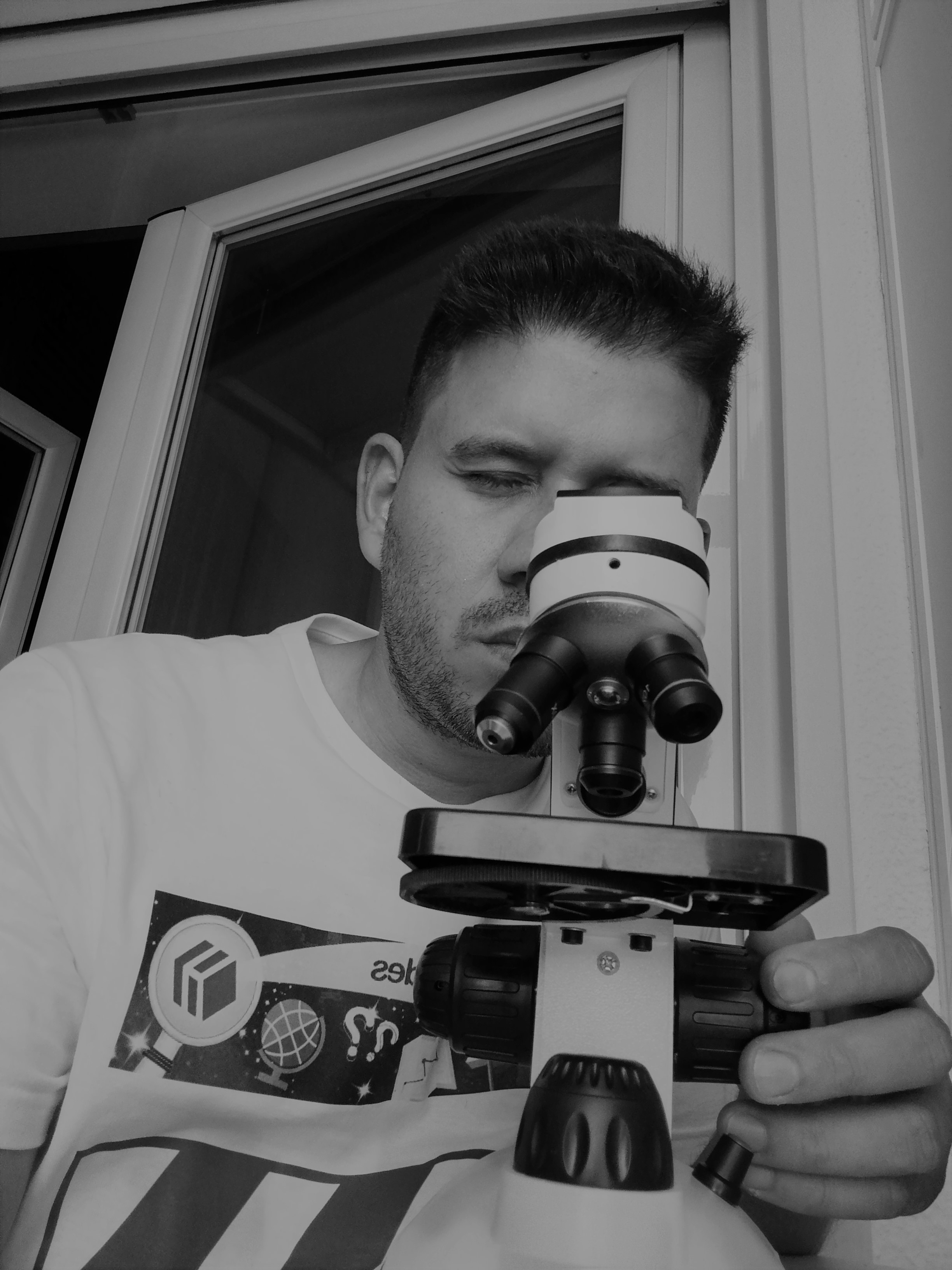

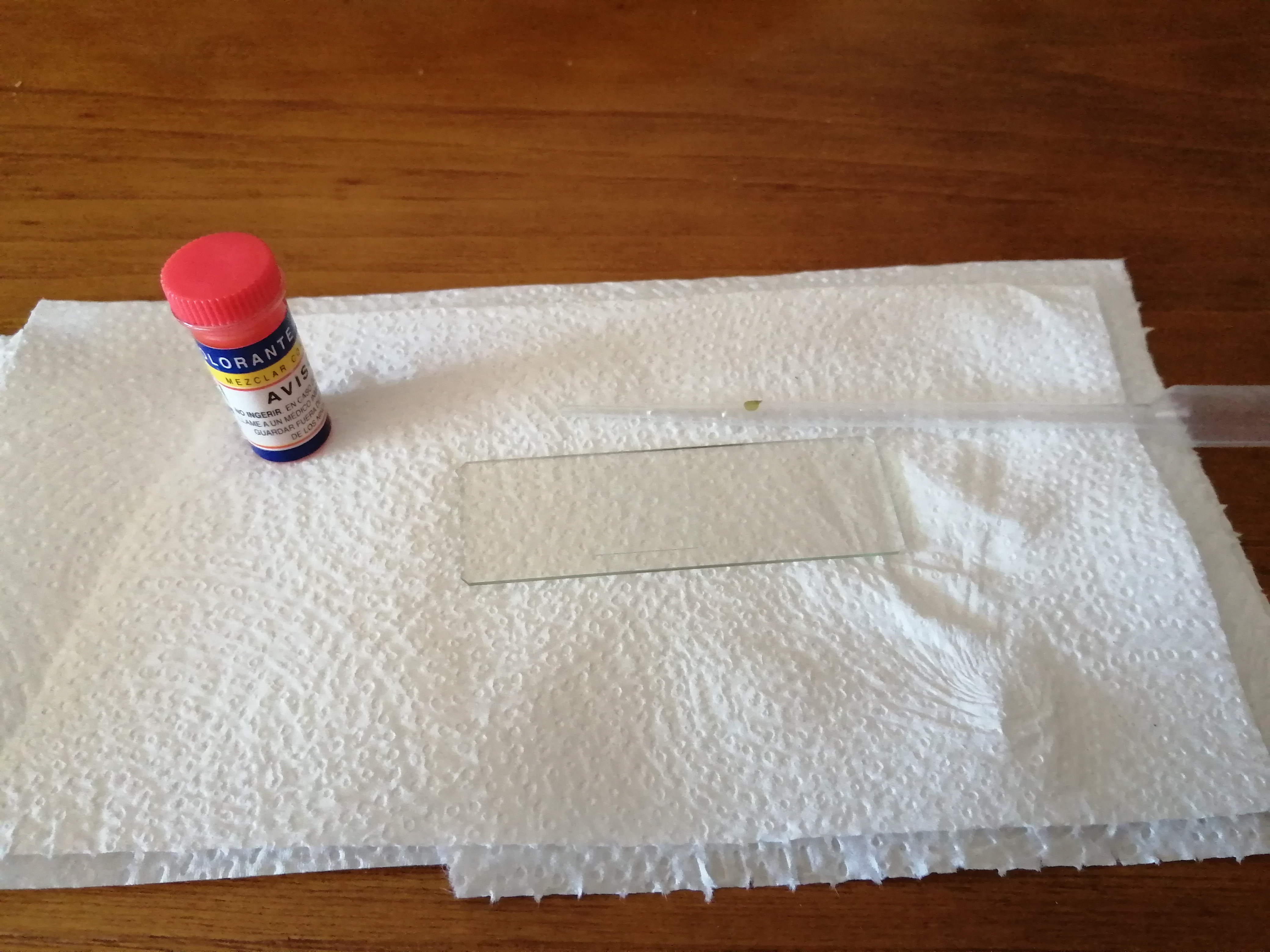
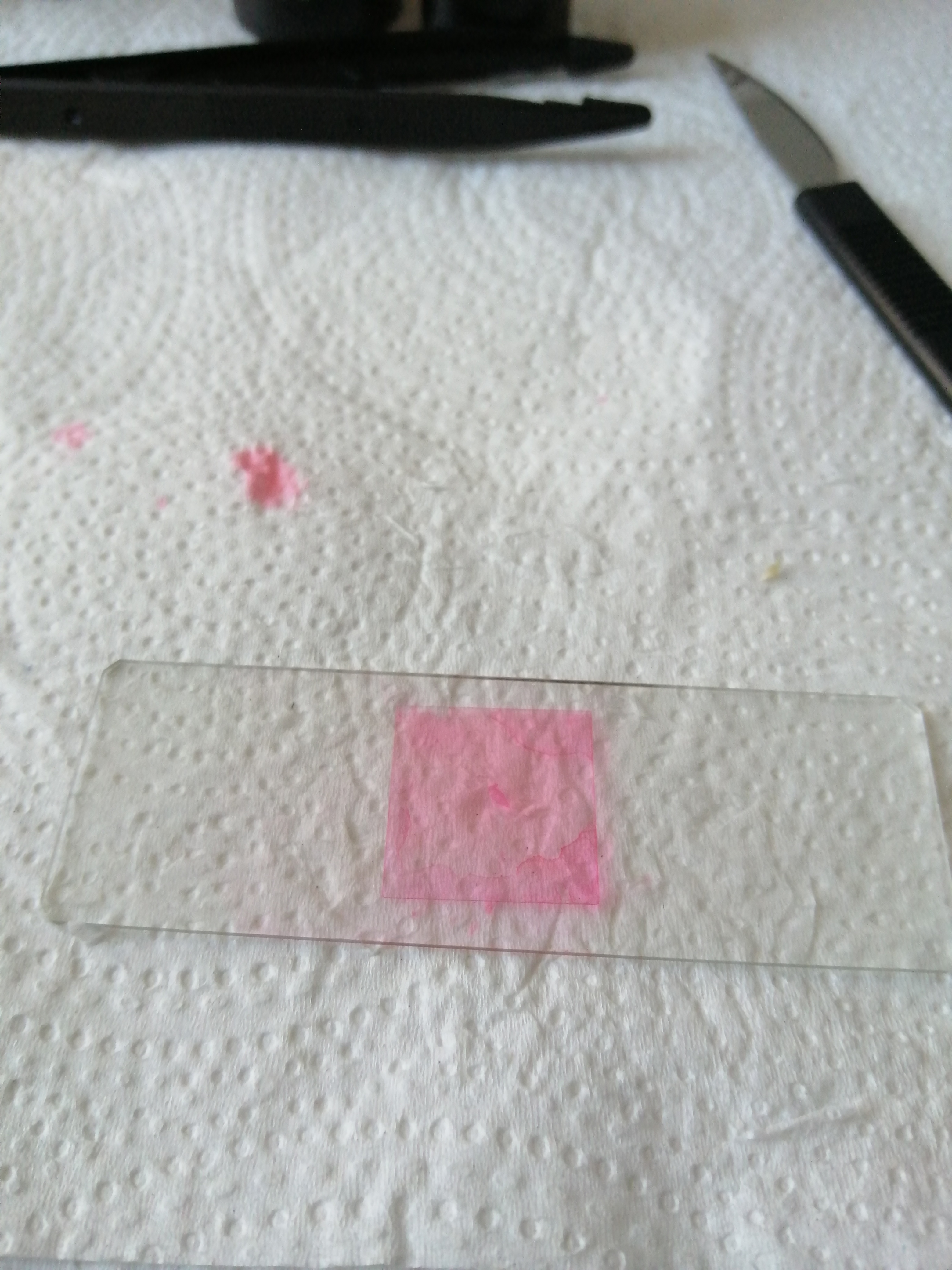
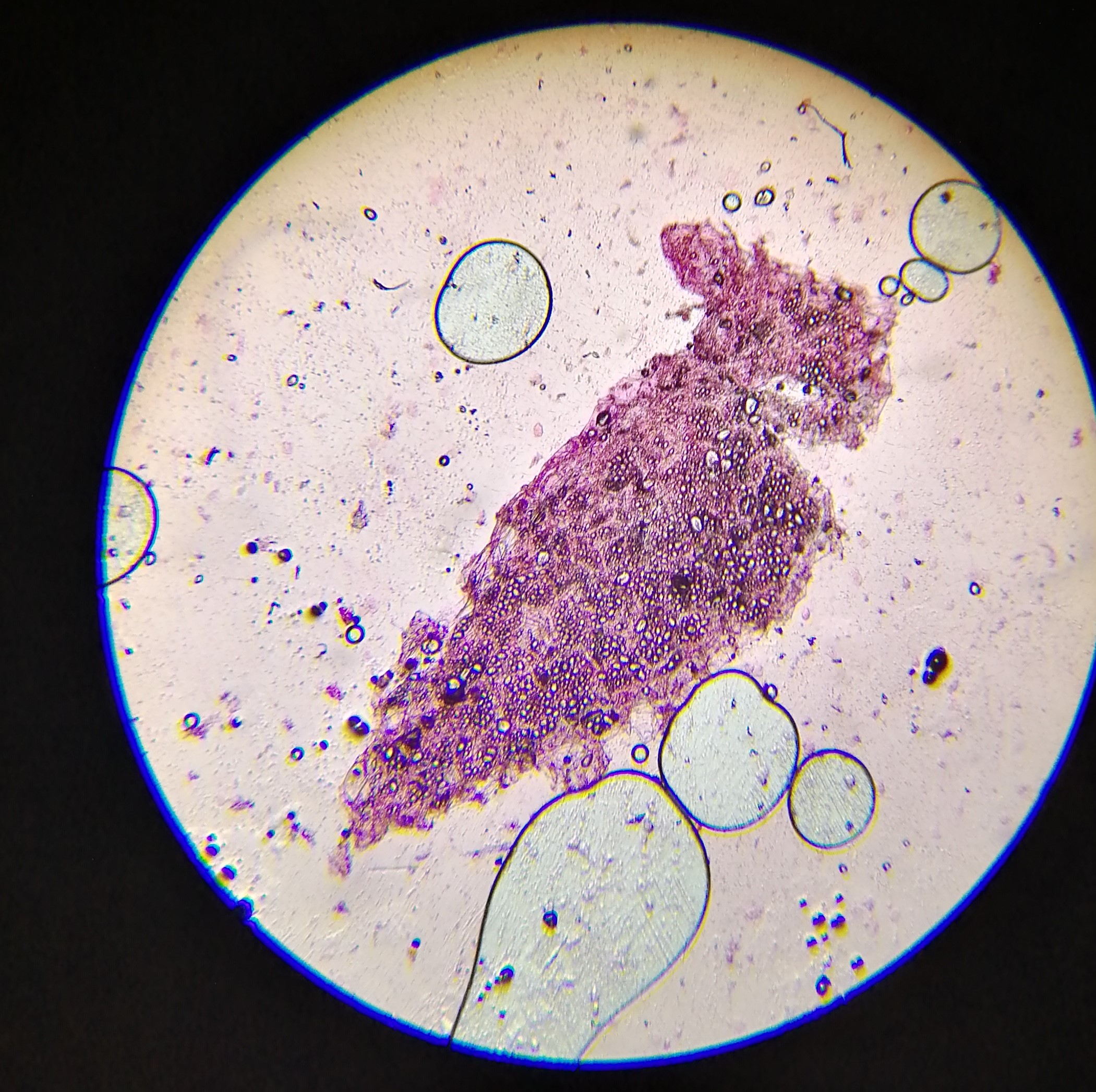


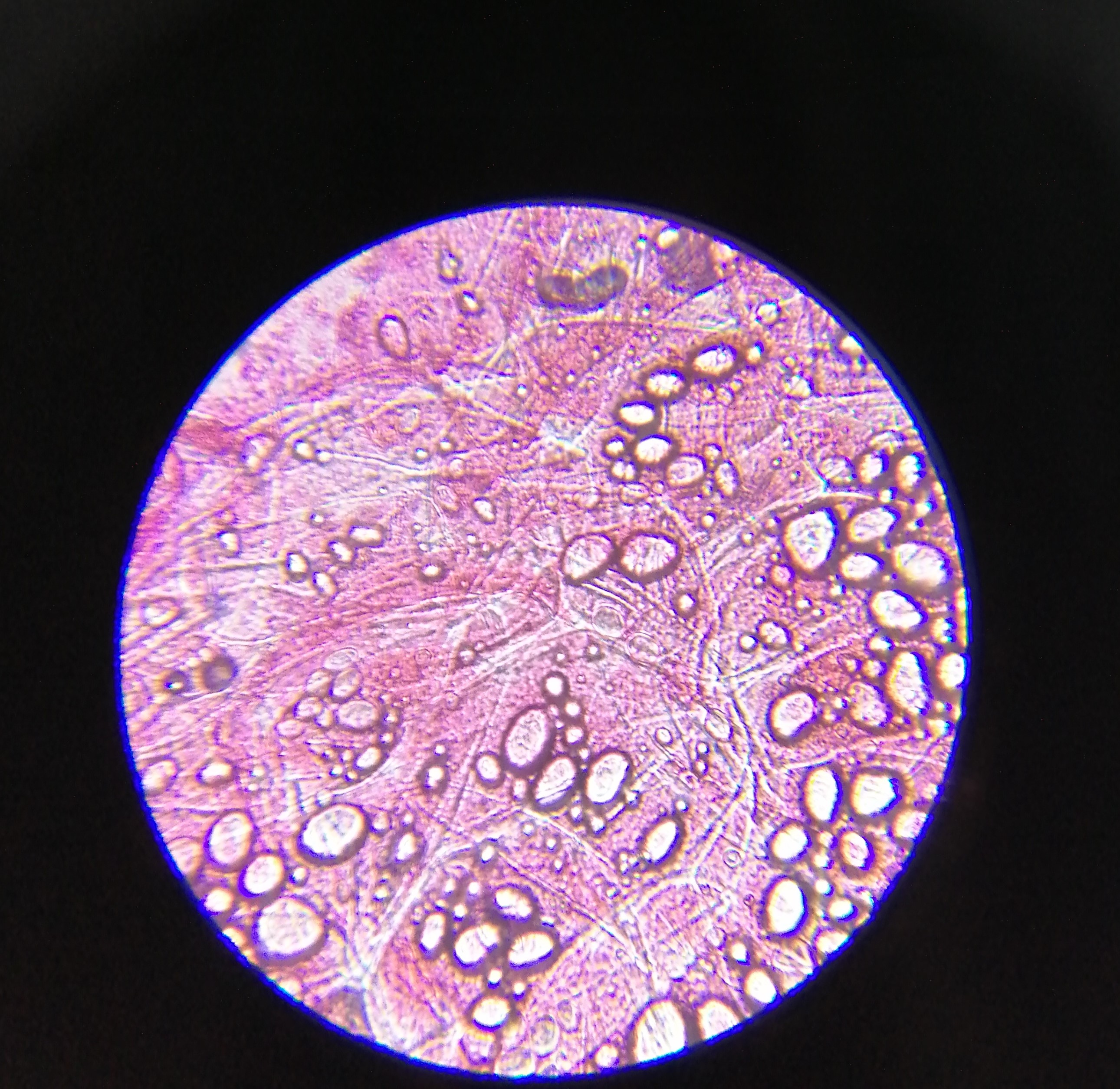

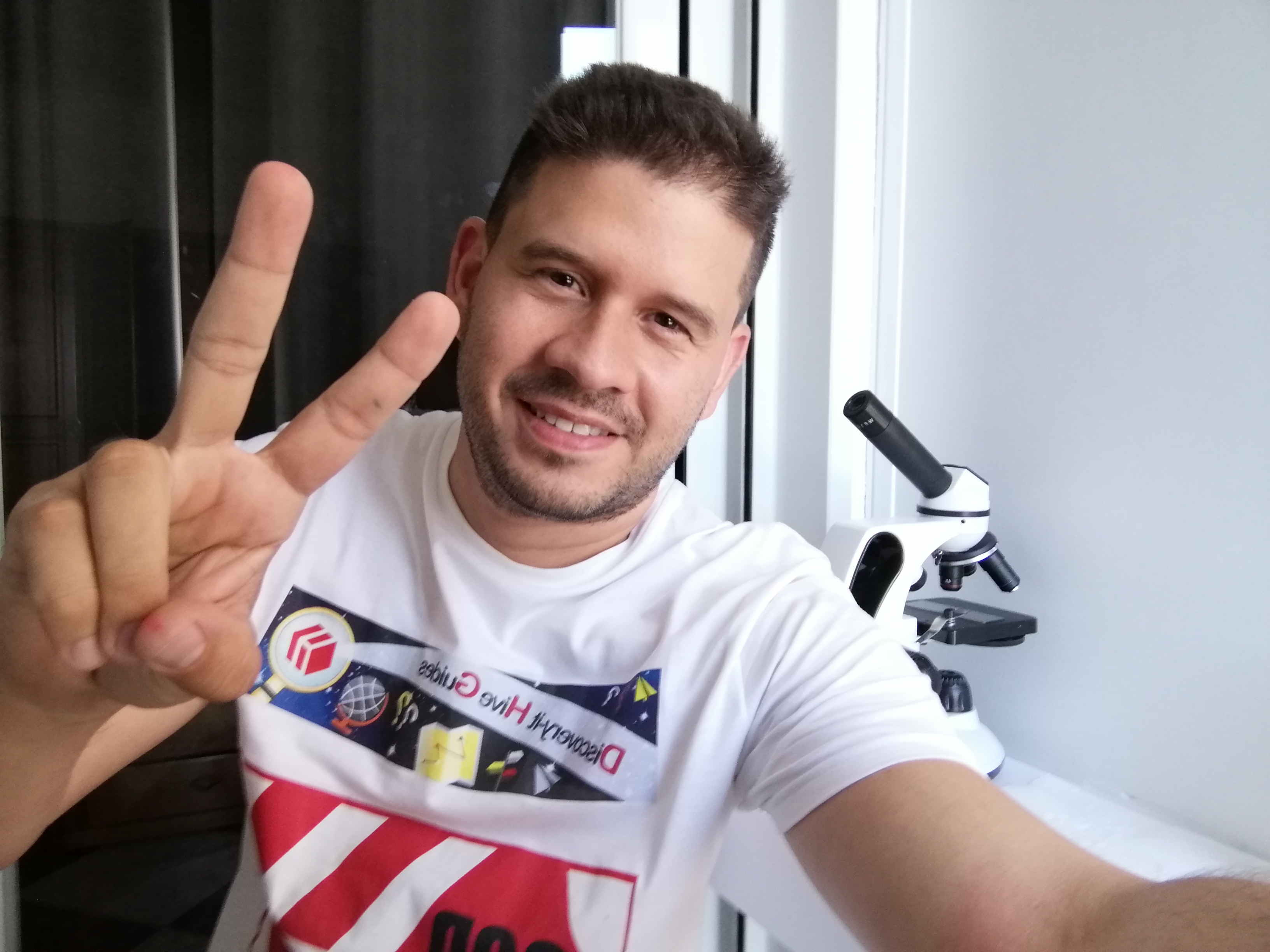



View or trade
BEER.Hey @oscurity, here is a little bit of
BEERfrom @pixresteemer for you. Enjoy it!Learn how to earn FREE BEER each day by staking your
BEER.Excelente trabajo , ya se lo que me como xD
Yay! 🤗
Your content has been boosted with Ecency Points, by @oscurity.
Use Ecency daily to boost your growth on platform!
Support Ecency
Vote for Proposal
Delegate HP and earn more
Wow increíble foto microscópica del almidón, nunca lo había visto así de tan cercar. Tu post es increíble y muy informativo.
Saludos!!!
Wow amazing microscopic photo of the starch, I have never seen it this close up. Your post is amazing and very informative.
Cheers!!!